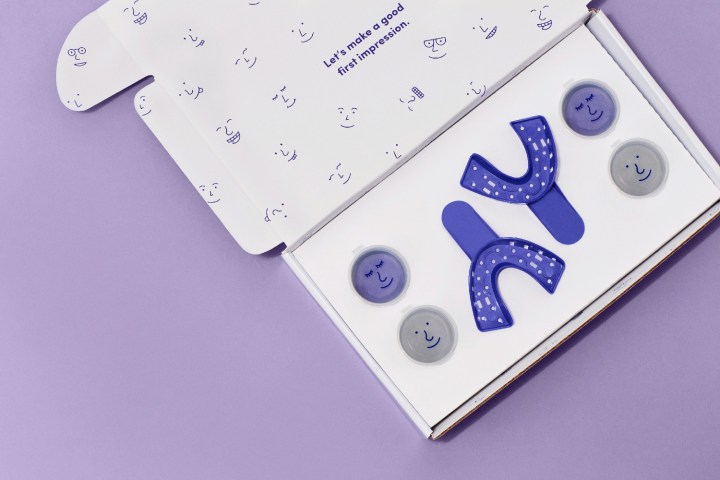
At age 13, Alex Fenkell and Jordan Katzman met at summer camp with newly implanted, incredibly awkward braces. They became best friends based on their shared experience — which, as a young teenager, seems far more like full-blown personal tragedy than mild inconvenience.
Guess which industry they wound up disrupting years later.
“We both had these full metal wire mouths full of braces,” SmileDirectClub co-founder Fenkell told Digital Trends. “Later, as business partners we reflected back on that early incident, and figured there had to be a better way to go about this.”
Setting out to explore the invisible aligners market, the pair realized that no one in the space was fully exploring the potential of both 3D printing and “telehealth,” referring to the intersection between health care and telecommunications.
They were also shocked by how expensive the process was and, as a result, how a large number of people were bypassing it altogether — in favor of crooked teeth, but more money in their personal bank accounts.
“This is an industry that’s been so expensive for so long,” Fenkell continued. “There are 50 million people in the United States who are looking for a better smile. That was the thesis behind this work and why we got into the industry.”
What SmileDirectClub offers is the world’s “first digital brand for your smile,” with custom-made invisible aligners, 3D-printed using BPA-free plastics. The company lets users take moldings of their own teeth using a home impression kit, which they then mail back along with some digitally uploaded photos. (In some cities, 3D scans can alternatively be taken at associated SmileShops.)
Customers then get an expert review from a licensed dental professional, have their custom aligner created and mailed back and — presto! — straighter teeth.
Fenkell described the solution as “about 70 percent less expensive” than other invisible aligners in the space, with a price point of $1,500 — or $250 down and then $99 a month.
If only this had been around when we were awkward, brace-afflicted teenagers ourselves!
Editors' Recommendations
- 3D printed cheesecake? Inside the culinary quest to make a Star Trek food replicator
- AMD’s revolutionary 3D V-Cache chip could launch very soon
- Fighting football injuries with 3D-printed, hyper-personalized pads
- Need a last-minute Halloween costume? Check out these 3D-printable getups
- NASA is testing a 3D printer that uses moon dust to print in space


